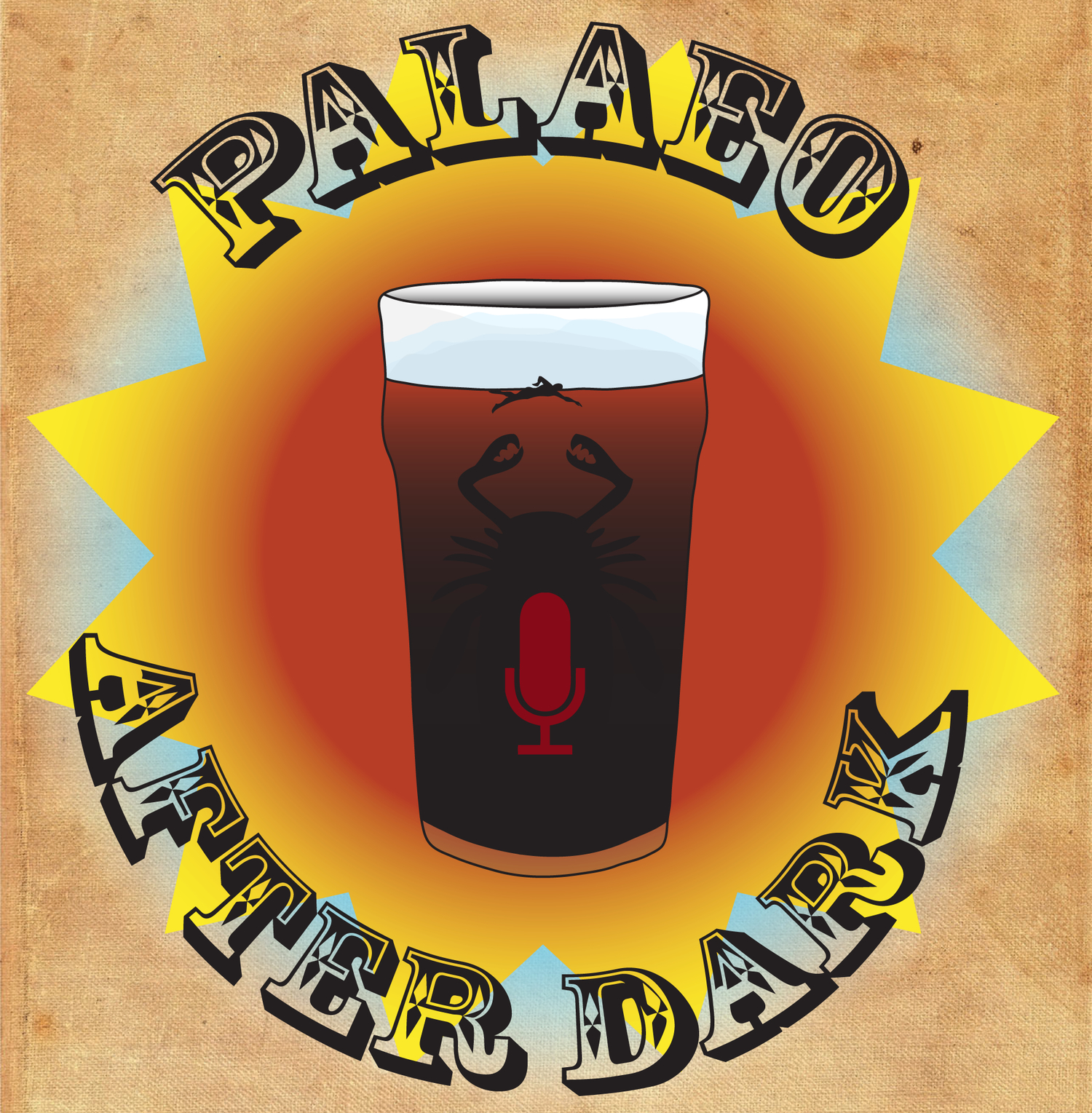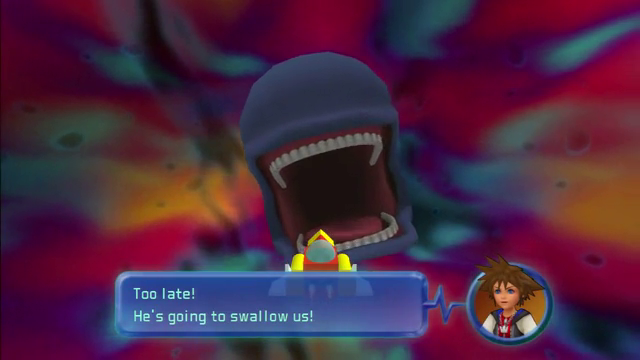Podcast 175 - Big Data Studies
/The gang discusses two papers that use large data sets to look at big picture patterns in evolution and ecology. Specifically, they look at one paper that explores brachiopod shell thickness in relationship to environmental preferences during the Late Ordovician mass extinction, and another paper that looks at the evolution of using the tail as a weapon in vertebrates. Meanwhile, James is eternally “young”, Curt invents unique ecological roles for Stegosaurus, and Amanda enables the worst type of ASMR (for those who cannot handle food sounds in microphones, skip 47:57-48:54).
Up-Goer Five (Curt Edition):
Our friends talk about two papers that bring together a lot of facts about things to say something about how living things have changed over time. The first one looks at hard rock like things that take food out of the water. This paper looks at how thick the hard parts of these things were and it focuses on a time when these things went through a real bad time and a lot of them died. While the paper finds a lot of interesting things, one of the big things they find is that some of the animals that pull food out of the water all made really thicker hard parts than the other types of animals that pull food out of the water. These animals that made really thick hard parts were also the ones that were hurt when a real bad time happened.
The second paper looks at animals that have a long part coming off their bottom. This paper looks at animals which use the long part on their bottom to hit things. There are lots of different ways animals with long parts coming off their bottom can use that long part to hit things, and this paper looks to see what parts need to be in place in order to have these animals be able to hit things. It turns out that there have been many times that life has found a way to hit things with a long part coming out of the bottom.
References:
Arbour, Victoria M., and Lindsay E. Zanno. "The evolution of tail weaponization in amniotes." Proceedings of the Royal Society B: Biological Sciences 285.1871 (2018): 20172299.
Balthasar, Uwe, et al. "Brachiopod shell thickness links environment and evolution." Palaeontology (2019).

















